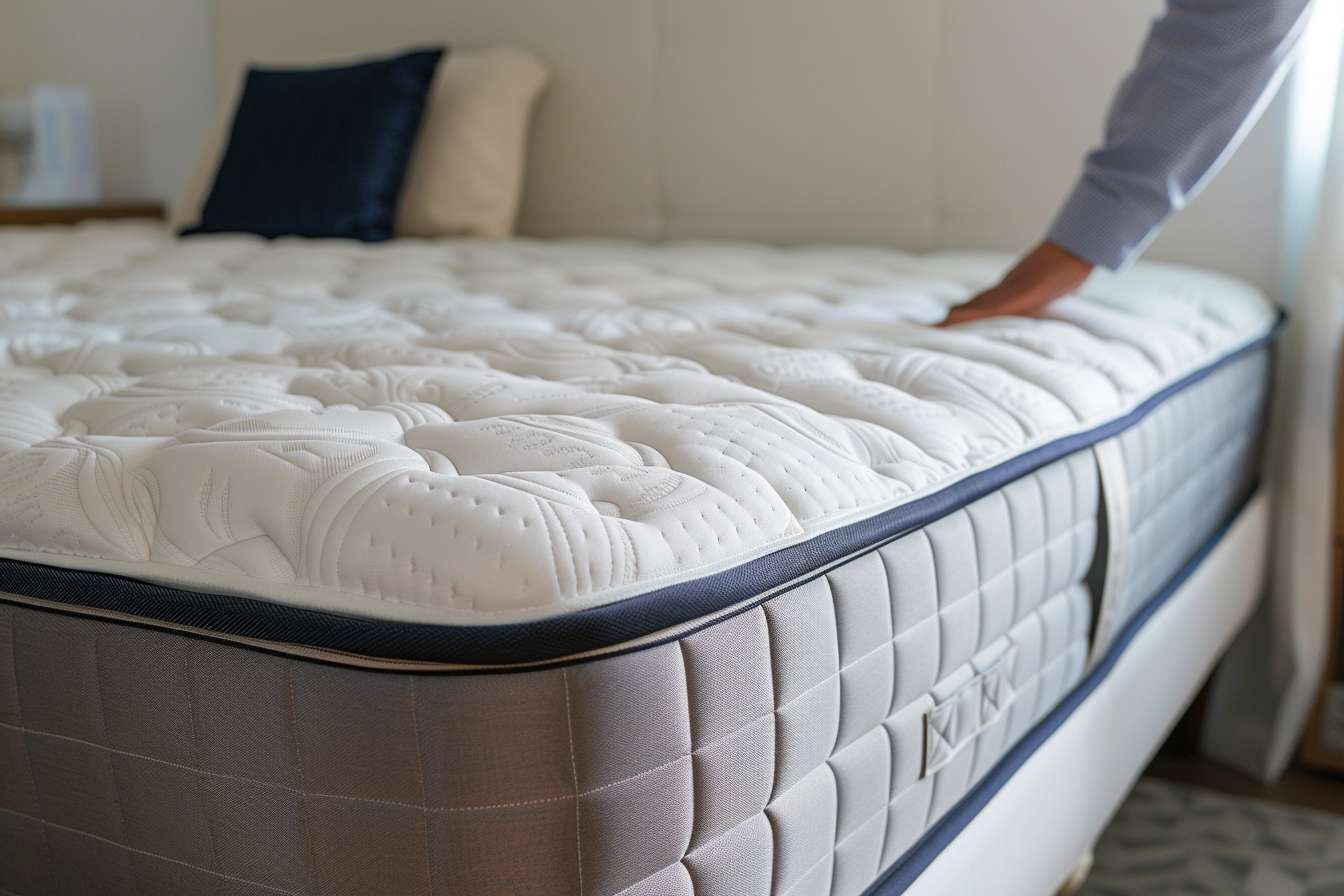Soundproofing strategies for quieter nights
A quieter bedroom supports better sleep and daily comfort. This article outlines practical, evidence-informed soundproofing strategies you can apply at home, from addressing acoustics and insulation to using textiles, adjusting layout, and managing airflow and humidity. These approaches focus on reducing noise while preserving ventilation, privacy and overall comfort.

A peaceful night often starts with a room designed to limit unwanted sound without sacrificing comfort. Below are clear, practical strategies that cover both structural changes and everyday adjustments. Each section explains how to reduce noise using materials, furniture placement, and simple habits, while keeping attention to airflow, humidity and privacy so your bedroom remains healthy and restful.
How do acoustics shape bedroom quiet?
Acoustics determine how sound moves and lingers in a room. Hard, reflective surfaces like bare floors, glass and smooth walls create echoes that amplify noise. To improve acoustics, introduce absorptive materials—area rugs, wall hangings, and bookshelves filled with items—to break up reflections. Positioning furniture such as a headboard and soft seating near walls can interrupt sound paths. Consider the mattress placement too: moving a bed away from shared walls can reduce transmitted noise and improve perceived quiet.
What insulation techniques reduce noise?
Insulation isn’t just for temperature; it also blocks airborne and impact noise. Adding dense insulation in cavity walls or upgrading interior wall layers with mass-loaded products reduces sound transmission. Sealing gaps around windows and doors with weatherstripping or acoustic caulk limits leaks where sound passes. For renters, temporary solutions like removable draft seals or thick curtains over windows can provide measurable reductions. These measures work alongside acoustics treatments to create a quieter enclosure.
How can layout, storage and declutter help?
Room layout and smart storage alter sound behavior and reduce sources of disturbance. A cluttered room can create hard surfaces that reflect sound unpredictably, while well-placed storage units and wardrobes act as extra mass and diffusion. Place larger furniture—wardrobes, bookshelves—against shared walls to add buffer mass. Declutter routines that keep floors and surfaces covered with soft items reduce reverberation. Thoughtful layout also helps privacy: orient sleeping areas away from doors or windows facing noisy streets.
Which textiles and mattress choices absorb sound?
Textiles are effective, flexible sound absorbers. Heavy curtains, layered bedding, upholstered headboards, and wall tapestries add surface absorption and cut echoes. Rugs and underlayments dampen impact noise from footsteps. Mattress materials influence comfort and isolation: denser mattress cores or those with pocketed coils and thicker comfort layers can limit motion transfer and improve perceived quiet between sleepers. Choose textiles that also suit humidity and ventilation needs to maintain a healthy sleeping environment.
How do ventilation, airflow, and humidity affect sound?
Good ventilation and airflow are essential even when aiming for soundproofing. Some sound-blocking actions—such as sealing gaps or adding heavy curtains—can reduce natural ventilation, so balance is key. Use mechanical ventilation or trickle vents designed to operate quietly to sustain airflow without creating noise. Humidity influences materials and perceived sound: high humidity can make materials less effective at absorbing noise, while very dry conditions can increase creakiness in wood. Monitor humidity and use quiet fans or humidifiers with low dB ratings when needed.
How do lighting, color, routines and privacy help?
Lighting and color don’t directly block sound but support a perception of calm that complements physical soundproofing. Warm, low-level lighting and muted colors reduce arousal from sudden noises. Routines and declutter practices—such as a nightly wind-down and limiting screen noise—minimize internal sources of disturbance. For privacy, use door sweeps and layered window coverings to reduce both sound and visual intrusion. Combining material solutions with consistent routines enhances overall comfort and makes nights noticeably quieter.
Conclusion Creating a quieter bedroom is a combination of improving acoustics, adding appropriate insulation, arranging layout and storage strategically, and selecting textiles and mattress options that absorb sound. Maintaining ventilation and humidity ensures these changes don’t compromise air quality. Small behavioral routines and attention to lighting, color, and privacy further support restful nights. Apply a mix of temporary and permanent measures depending on your living situation and priorities.





